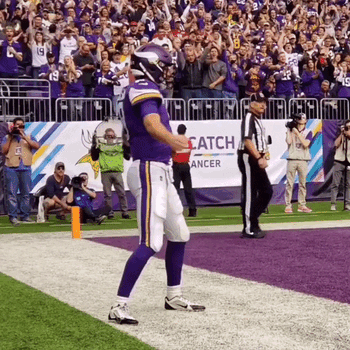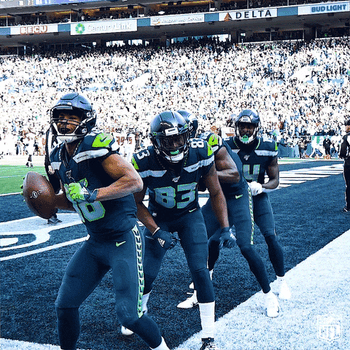Alana Gee v. NCAA marks the first time a jury will provide a ruling on the NCAA's responsibility for traumatic brain injuries

The GIST: Opening arguments began yesterday in the case of Alana Gee v. NCAA, in which, for the first time ever, a jury will provide a ruling on the NCAA’s responsibility for traumatic brain injuries.
- While it’s not the first lawsuit from a former collegiate athlete who suffered head trauma, it’s the first that hasn’t been settled or dismissed.
The details: Matthew Gee was a linebacker for USC from 1988–92 and lived a regular life until 2013, when he began to experience bouts of rage, depression and confusion. Fast forward to March 2018 when he told one doctor that days could go by without him remembering them. On December 31st, 2018, Gee died in his sleep at age 49.
- He was posthumously diagnosed with Chronic Traumatic Encephalopathy (CTE), which has been found in a whopping 91% of college football players’ brains.
- His widow, Alana, is suing the NCAA for negligence and wrongful death, alleging that the organization failed to adequately protect Gee from repeated hits to the head or educate him of their known dangers.
- The suit contends that the NCAA knew the long-term effects of head trauma from football but “recklessly disregarded” it due to the sports’ profitability.
The insulting denials: As for the NCAA, it has unequivocally denied the allegations, claiming that the main reason for Gee’s death stemmed from substance abuse.
- The organization is also arguing that the understanding of head injuries was not as well-known at the time and that Gee himself “assumed the risk” of playing.
- In an attempt to pass the blame to USC, the NCAA stated that individual schools are on the hook for injury management.
The potential repercussions: Similar to what happened with the NFL, if the NCAA loses, it could open the door to future lawsuits and huge financial liabilities. Not only is the Gee suit seeking damages, it also wants the NCAA to give back any profits made from its negligence, which could total hundreds of millions of dollars.
- In order to win, though, Gee’s legal team must convince the jury his CTE and subsequent death was directly caused by college football, and that the negligence rests with the NCAA and not USC or the then–Pac-10 conference.
Zooming out: Unlike the NFL, the NCAA has no concussion protocols. Instead, it requires member institutions to have their own protocols. While the org provides suggestions, there are no standards or oversight — rendering the advice more voluntary than enforceable (and, in turn, the NCAA less liable).
- If the Gee suit is successful, it could finally force the NCAA to protect its athletes. Stay tuned.
Enjoying this article? Want more?

Sign up for The GIST and receive the latest sports news straight to your inbox three times a week.




